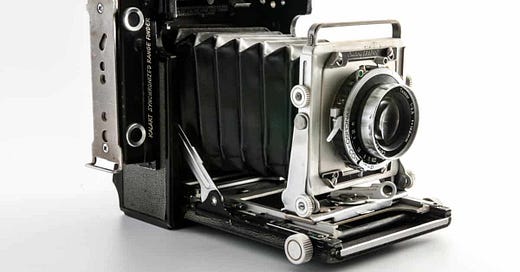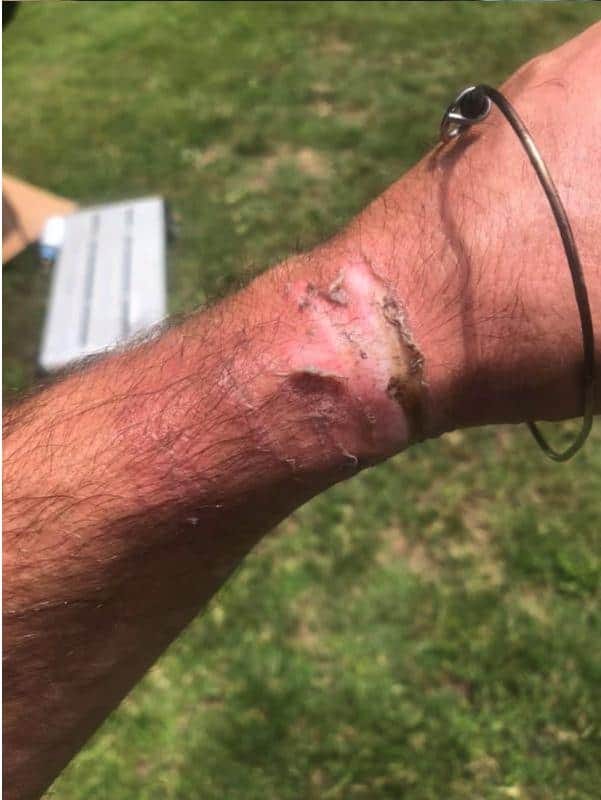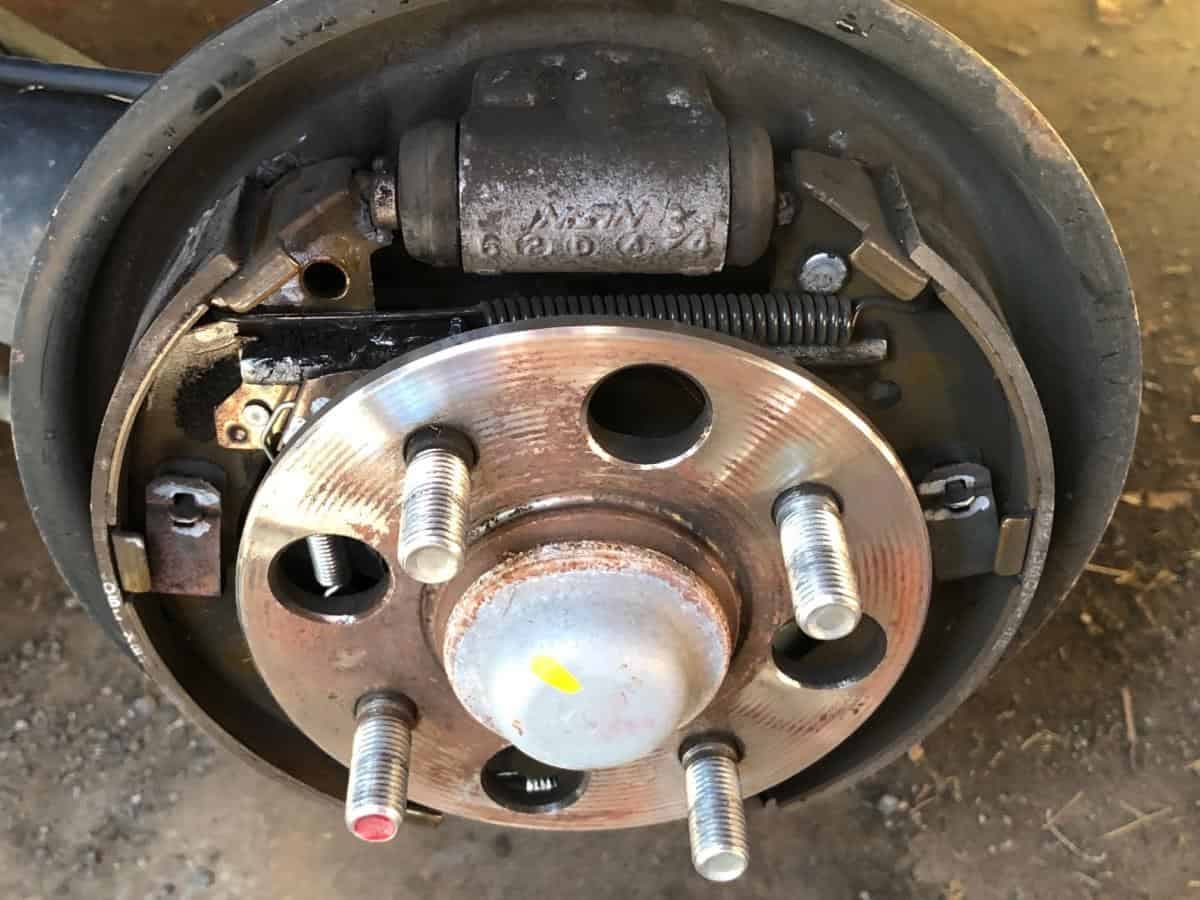Take a picture, it will last longer...
J.A.M (Just Ask Mike): How to keep from crossing your wires!
Welcome to my J.A.M. (Just Ask Mike) Session, a column where I answer your basic electrical questions. If you’re a newbie who’s never plugged in a shore power cord (or ask – what’s a shore power cord?), or wonder why your daughter’s hair dryer keeps tripping the circuit breaker, this column is for you. Send your questions to Mike Sokol at mike (at) noshockzone.org with the subject line – JAM. Today I discuss why it’s important for DIYers to take a picture before they start a repair project, and why working with 12-volt batteries can be dangerous.
Dear Mike,
Looks like I really goofed up and installed my battery terminals backwards. My converter made a pop and let out a puff of smoke. I only had the wires on it for a second, so I’m surprised this happened so quickly. My neighbor says he can replace the fuses in the converter for me, but what do I need to do next time to avoid making this same mistake again? —Dizzy in Duluth
Dear Dizzy,
I’m going to cover two important ideas in this JAM session. First of all, working with 12-volt batteries is very dangerous. Do not assume for a second that because it’s only 12 volts it must be safe.
While you are safe from electrocution at such low DC voltages, any 12-volt RV or vehicle battery is capable of creating hundreds of amperes of fault current. And that’s enough to quickly heat up any metal jewelry you’re wearing, as well as melting down wiring in seconds. And yes, you can also make a battery explode if connected incorrectly. I’ve actually seen this happen in the wild, and it wasn’t pretty. (No, I didn’t do it.)
#1) Don’t wear metal jewelry around batteries
That’s why you should never wear anything metal while working on a battery. (Yes, take off your metal bracelet or wedding ring or put on Nitrile gloves if your ring won’t come off.)
I know this picture is hard to look at, but it was sent to me by a reader who asked that I use it to make a point about battery safety. He got his thin metal bracelet made from a bicycle spoke tangled up in the alternator wiring behind the dashboard of his truck. And that was enough to turn that piece of metal red hot in seconds, which welded it into the wiring until he could pull free. Read my recent article on battery safety HERE.
#2) Take a picture – it will last longer…
But the main point of this JAM session is that you should NEVER attempt to commit any wiring connections to memory. In your pocket you probably have one of the greatest inventions of all times for DIY fixers, a cell phone with a camera.
So, before you take anything apart, take plenty of pictures of it from every angle possible. And if all the wires are the same color, get a roll of yellow or white electrical tape and a Sharpie marker. Then mark each pair of connections as 1, 2, 3 … or A, B, C …. Plus, again, take plenty of pictures! No matter how many times I do something, I still try to take pictures to help me reassemble whatever it is.
It works for brake shoes, too…
A few months back I needed to help my son change the rear brake shoes on his Honda. It’s a good thing I took plenty of pictures before I removed the old shoes. (Yes, that’s one of the actual pictures I took for this brake job.)
While I used to do multiple brake jobs every day when I worked for a gas station back in the ’70s, it’s been a while since I took apart all the emergency brake levers and auto-adjusting mechanism. So, by referring to my pictures of the assembly before taking it apart, I was able to sort out how the new parts went back together. If I can’t trust my own memory, you shouldn’t trust yours either.
No, this will not make you an expert!
I’m not implying that if you take pictures before disassembly that you will become an expert who can fix anything. But it certainly helps avoid the pain of things like reconnecting house batteries up backwards and doing hundreds of dollars (or more) in damage.
And be aware that if you’re really unlucky you can blow the top off of your battery and get a face full of sulfuric acid. So, yes, eye protection is needed for any electrical jobs.
Warp speed, Mr. Sulu…
Remember, electrons travel at the speed of light, which is around 186,000 miles per second (I think that’s Warp 1 IIRC).
There is no way that you’re faster than the speed of light and able to disconnect something electronic before it’s damaged from reversed polarity. So always double- and triple-check your photographic notes BEFORE reassembly and lighting the fires. Don’t let out the magic smoke, as we like to joke.
OK, everyone. Remember that electricity is a useful and powerful force, so we all need to pay attention to safety precautions while using it.
Let’s play safe out there…. Mike













Should not wear metal (jewelry) working around anything electrical (not just batteries). or even around a lot of machinery
I wear my dressy watch and gold wedding ring only on date nights. The rest of the time I wear a very nice silicone ring and no other jewelry.